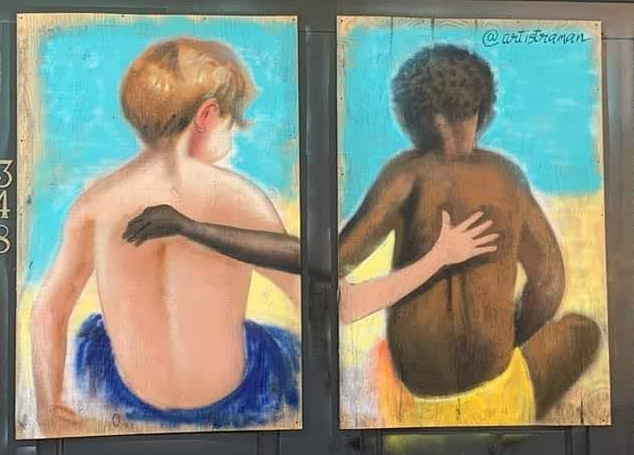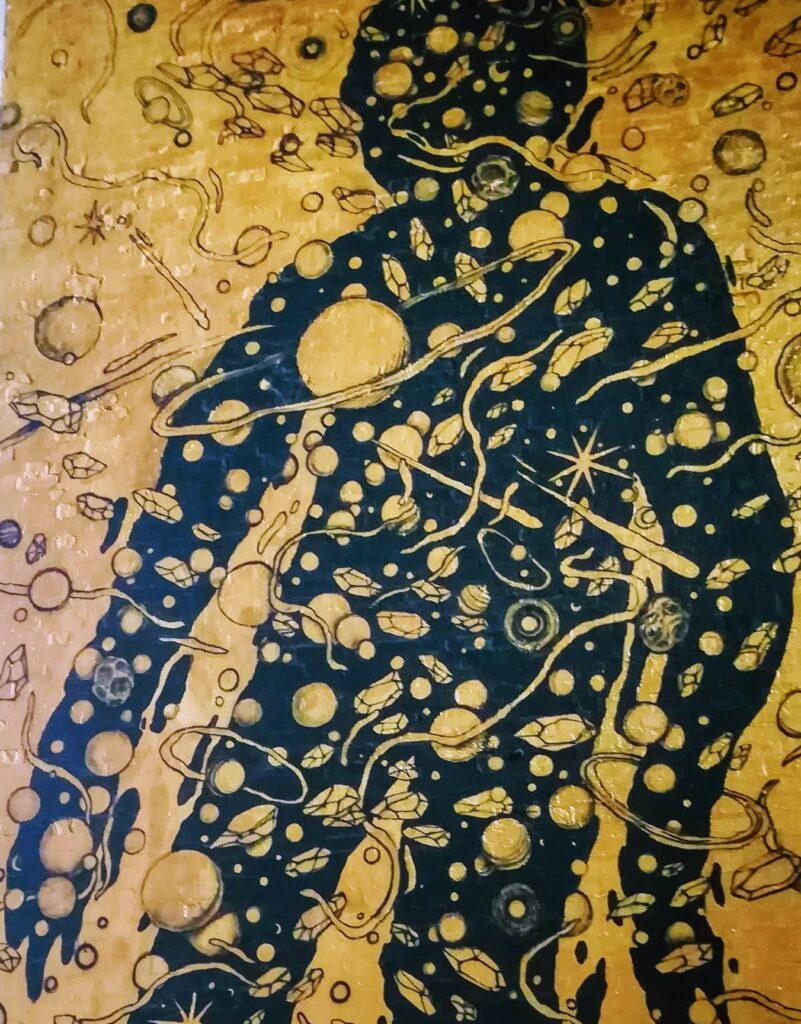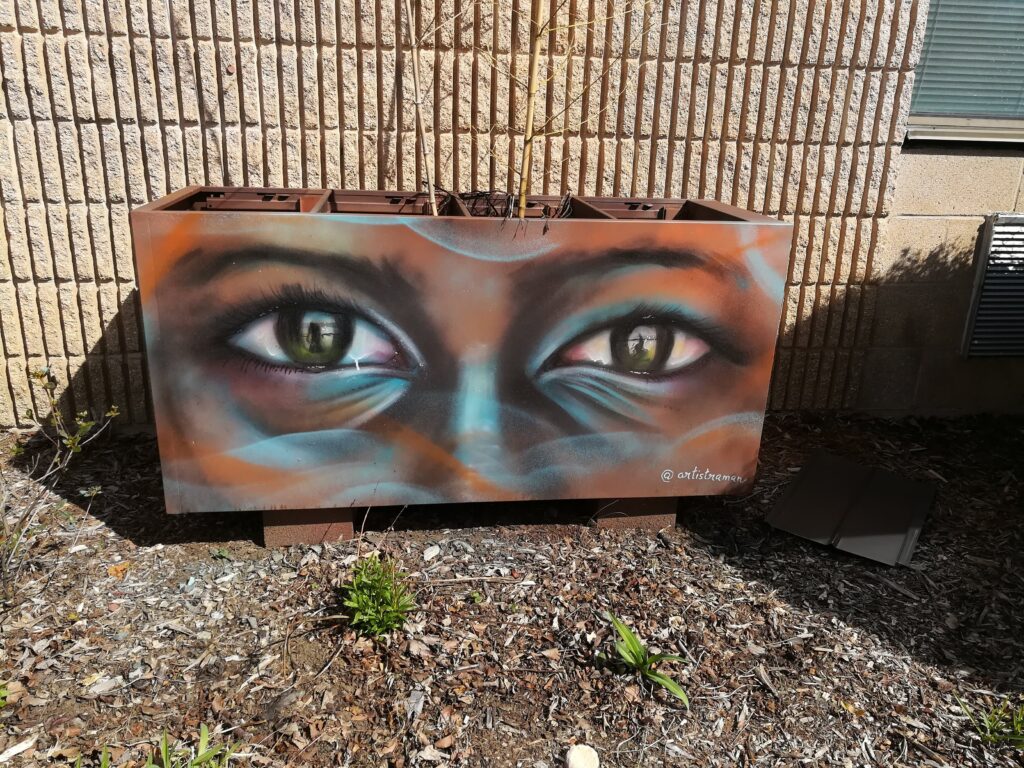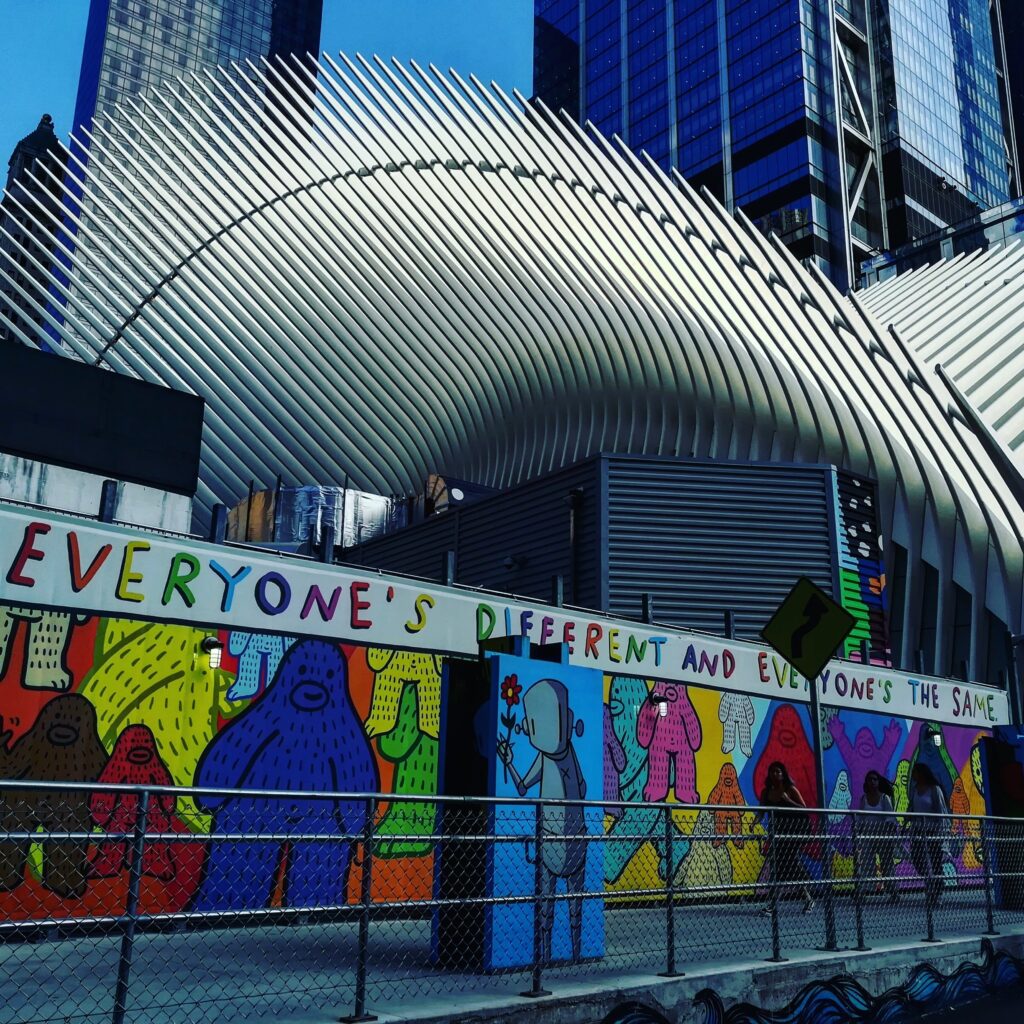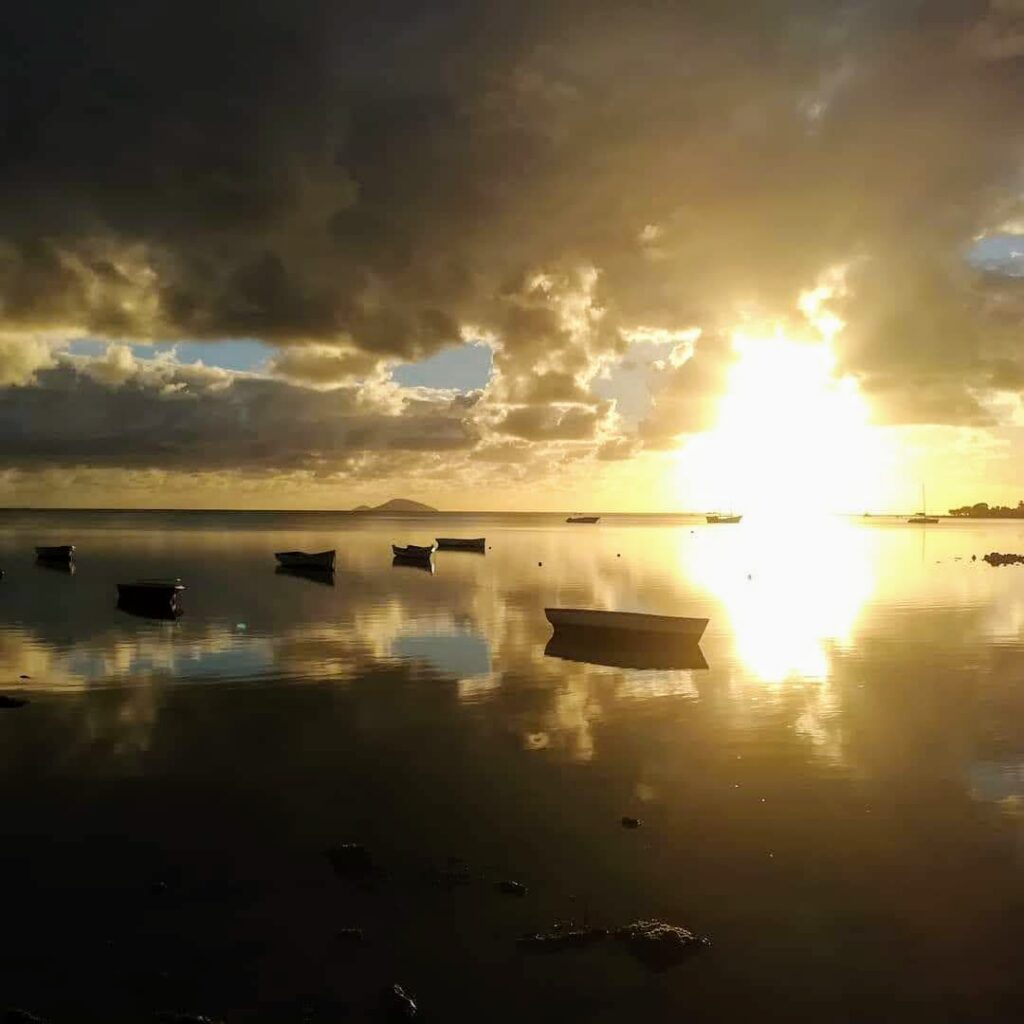
I was speaking with a new acquaintance (https://www.anniebauer.com/) who has horses and draws on them in her leadership work. Horses, she said, relate to people based on the energy they are putting out. Animals, she explained, that don’t use language are tuned in to read what people are saying that lies beyond words. While humans are less finely tuned this way, research still indicates that more than 70% of human communication lies in non-verbal elements rather than the words that are spoken. This connects with the idea of presence. Presence is a mysterious and mystical space that extends beyond what we fully understand.
I just finished a book titled Love Everyone about an Indian guru called Maharajji who inspired lots of devotees from the West in the ‘60s and ‘70s, several of whom became remarkable figures who changed the world — people like Daniel Goleman who popularized Emotional Intelligence, Larry Brilliant who helped wipe out smallpox, and Ram Dass who wrote Be Here Now. Maharajji spoke very little English and was a portly, somewhat dishevelled looking sage but he radiated immense loving presence that drew people and filled them with joy. The book also describes what one of the Western travellers, Raghu Markus (who founded Triloka Records), discovered in Auroville in South India where he went to meet a spiritual teacher known as the Mother, who then was close to 95 years old. Expecting to encounter a “decrepit old woman” he says he found only light.
The connection between energy and light was made by Einstein and is reflected in various scientific works and spiritual traditions. In the book, The Power of Full Engagement (one of the most insightful books I’ve read), the focus is on harnessing energy rather than managing time. Time is fixed but what we are able to accomplish is dependent on the energy we have. When we are energized and in a state of flow, we perform at a completely different level than when we feel drained of energy.
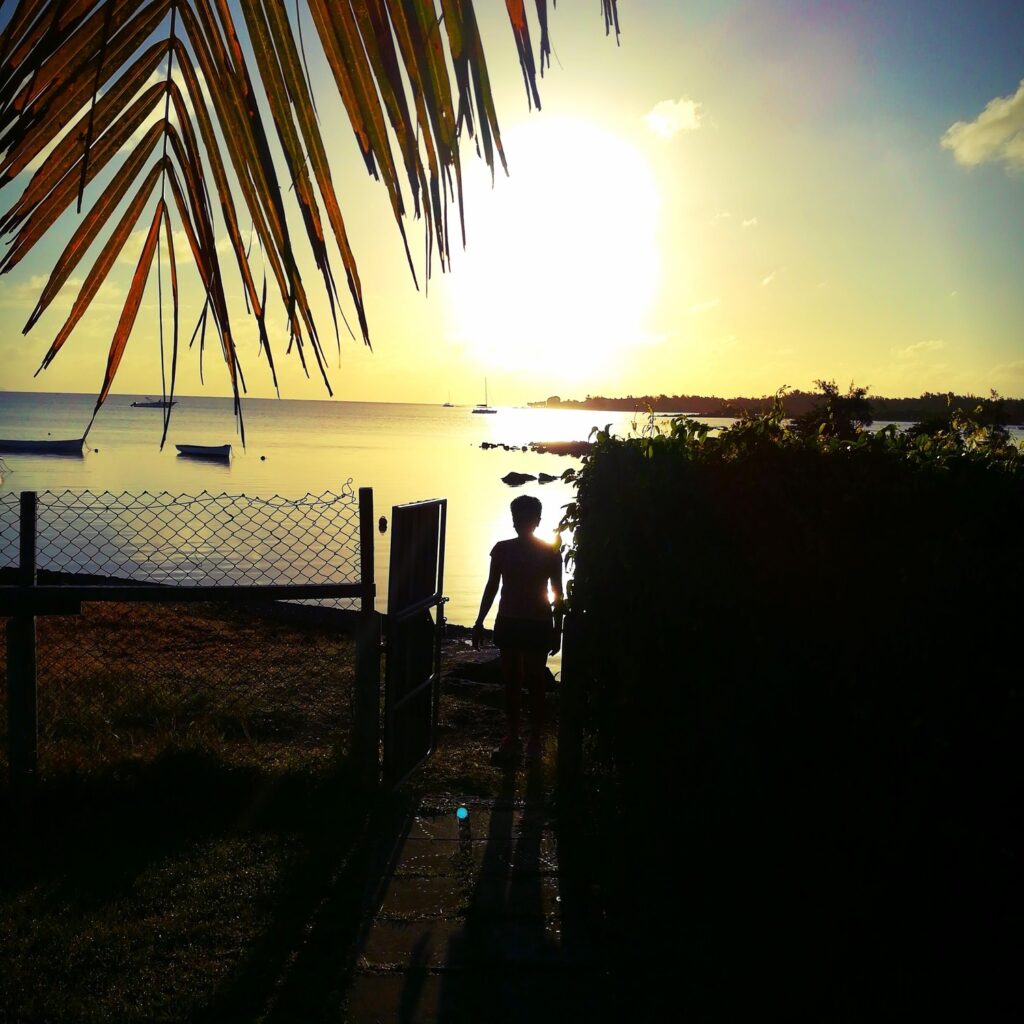
So, in all of this, a question is how can we generate and manifest energy? The sun, a source of energy that fuels life on earth, generates energy from within. We are recipients of that energy. And while we can absorb energy — from people who radiate light like Maharajji and the Mother — we can also generate it from within ourselves like the sun. And, energy received can also be reflected outward. This is perhaps why many people who encountered Maharajji did so much good — they became vehicles for light.
Enlightenment expresses the idea of finding a deeper truth. Yet enlightenment manifests as action to radiate light. So, a great and deep source of energy lies waiting in our own transformation to embody and radiate light and love. The Mother said: “In each world, in each being, in each thing, in each atom is the Divine Presence, and it is man’s mission to manifest it.” Maharajji offered: “The best form to worship God is every form.” The title of the book I mentioned on Maharajii reflects his frequent refrain: Love everyone!
This refrain is also embodied in a classic song from England Dan & John Ford Coley (https://www.youtube.com/watch?v=_QZjJU-mtFU):
Light of the world, shine on me
Love is the answer
Shine on us all, set us free
Love is the answer
…And when you feel afraid, love one another
When you’ve lost your way, love one another
When you’re all alone, love one another
When you’re far from home, love one another
When you’re down and out, love one another
All your hope’s run out, love one another
When you need a friend, love one another
When you’re near the end, love
We got to love, we got to love one another
These words reflect deep truth, eternal wisdom, and just plain and simple horse sense. We need to find our source of light and let it shine. For love attracts. Love lifts. Love energizes. Love lights up the world. Love is the answer. We got to love one another.
Related resources:
https://www.linkedin.com/pulse/follow-sun-lyndon-rego/
https://www.linkedin.com/pulse/few-reflections-close-year-lyndon-rego/
https://www.linkedin.com/pulse/seeing-people-source-rather-than-resource-lyndon-rego/
https://www.ramdass.org/ram-dass-now-ep-126-miracle-maharajji-larry-brilliant/

